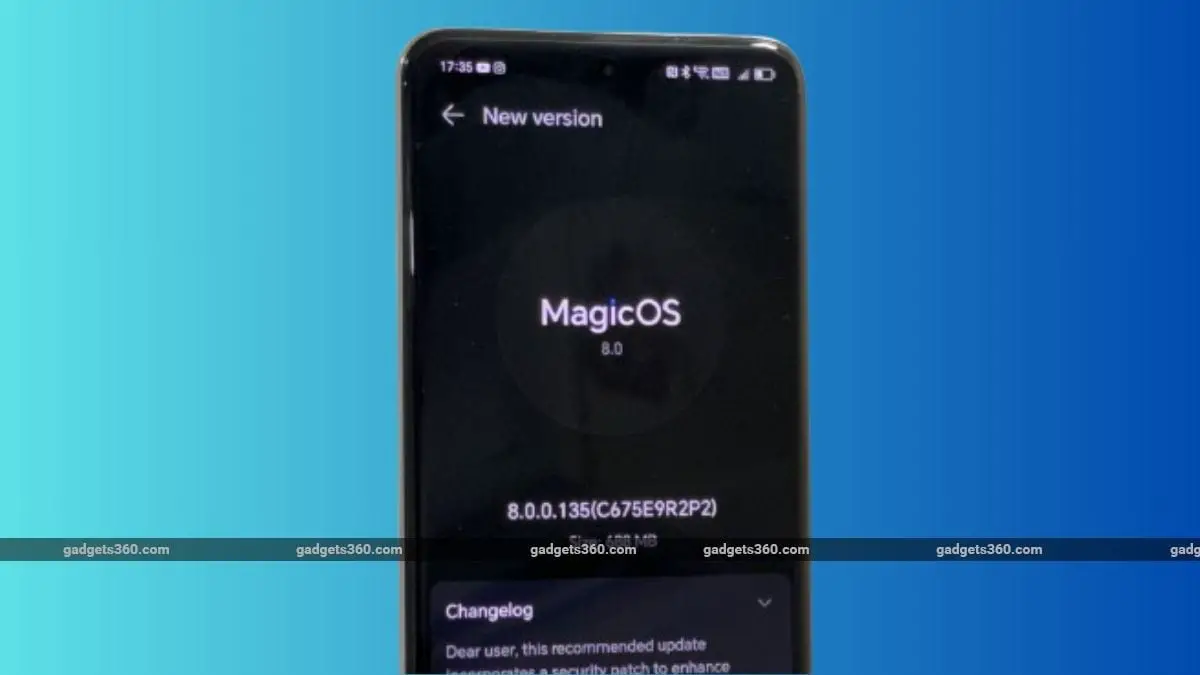WhatsApp is working on a much-needed blocking message feature that will be rolled out in its next Google Play update.
This means Android users will soon be able to block text messages sent to them from unknown accounts. This safety feature is currently under development so it’s not up for grabs for beta testers just yet, according to WBI. Meanwhile, this update is proof that the company is staying true to its goals of providing greater security and privacy.
With the feature enabled, the platform hopes to block all messages automatically that come from unknown senders if they go above a certain limit. This way, users are protected from different kinds of possible harm. At the same time, it enhances device performance by limiting spam and unwanted texts.
Remember, it’s not hard for unknown accounts to flood the users with spam in a short timeframe. This really impacts the app negatively, drastically altering device performance. By blocking messages, the feature limits the amount of data processing of unwanted content.
At the moment, WhatsApp is making use of automated tools for filtering threat actors but also making sure privacy remains. This entails algorithms that highlight suspicious activity and texts arriving in bulk. Now, the latest update will provide more control.
If messages are exceeding a certain volume limit, it’s clear that this is spam as the account is unknown. Simultaneously, phishing attempts get minimized while malicious content compromises device performance as well as storage.
We are yet to see any date for the launch but we do hope it comes soon as this is something that can really help users on the texting platform. We’ll keep you updated when we get more details so stay tuned!
Image: WAbetainfo
Read next: Microsoft Edge PDF Reader Enhanced with Copilot AI for Smarter Document Interaction










